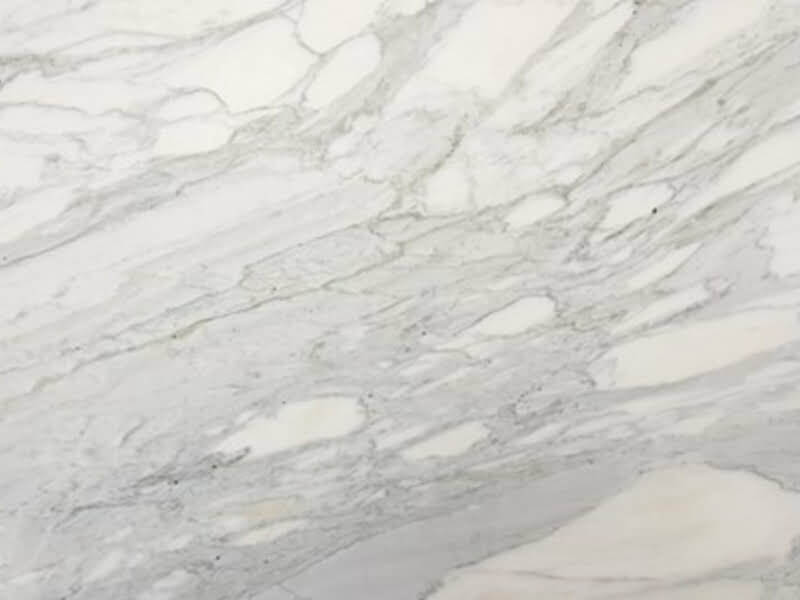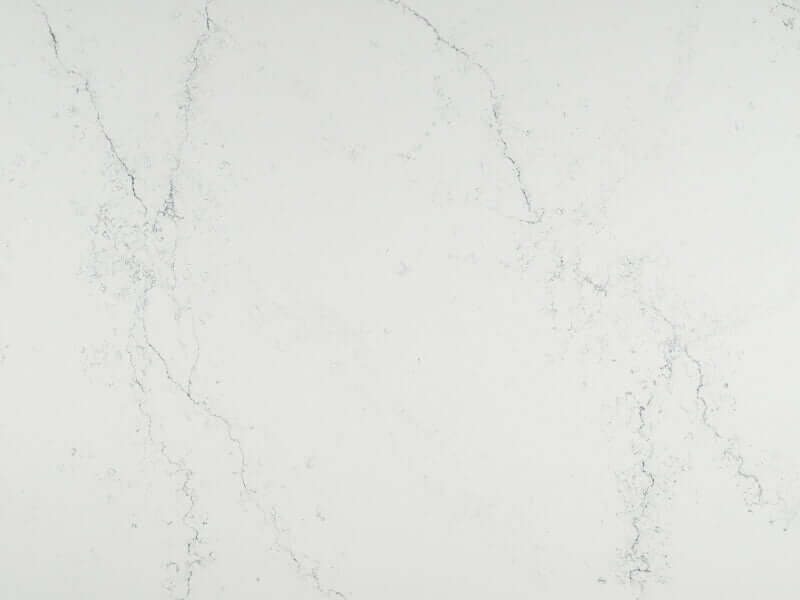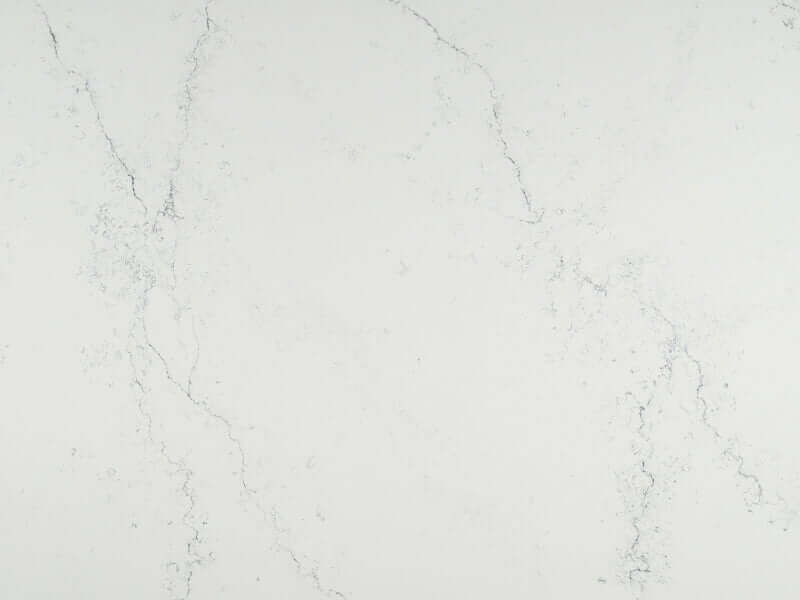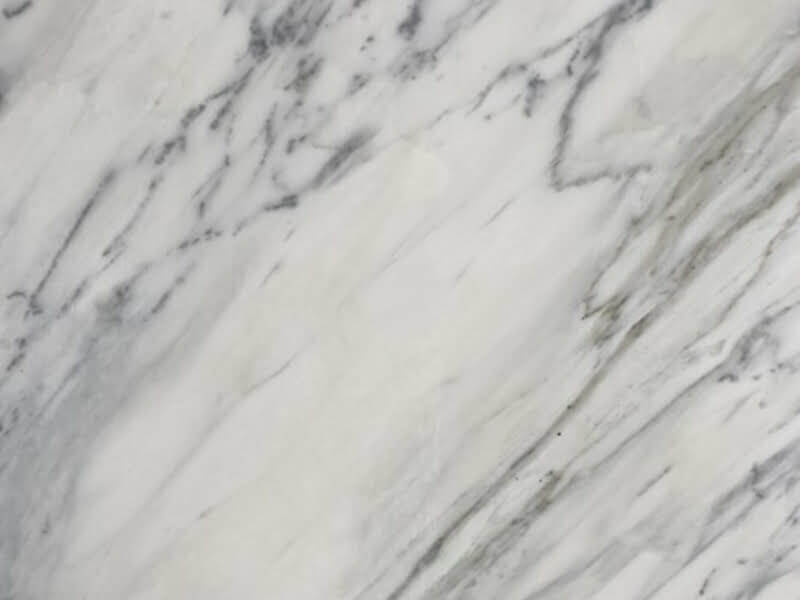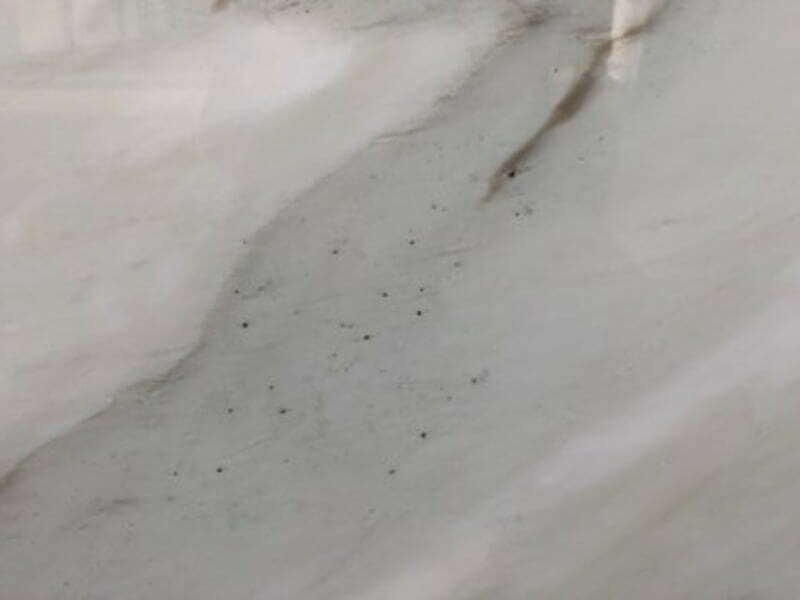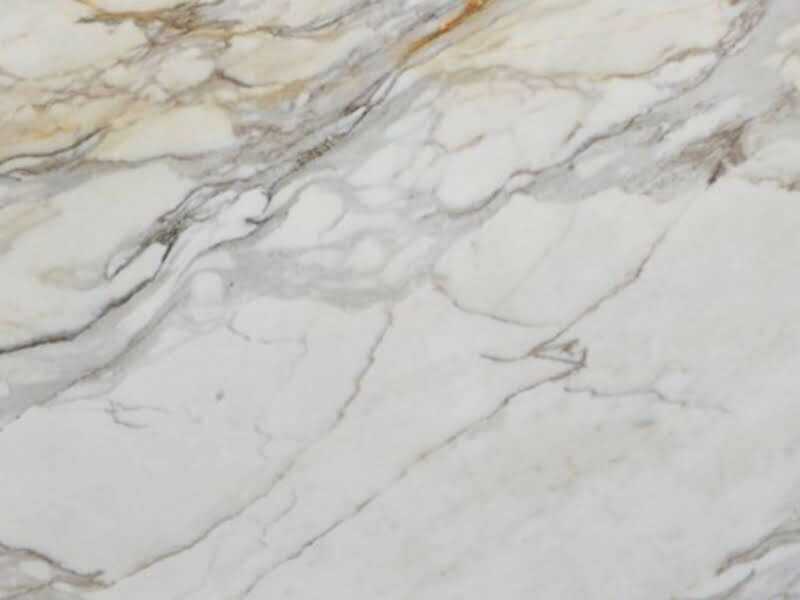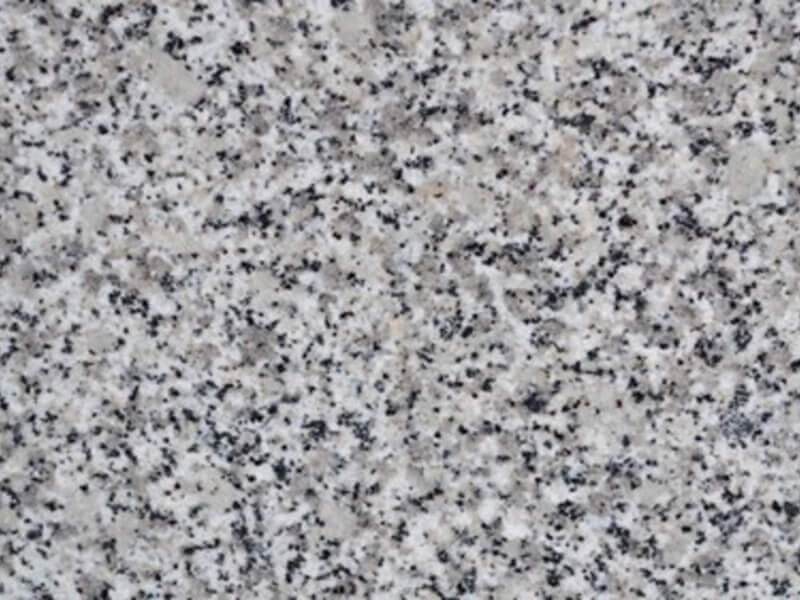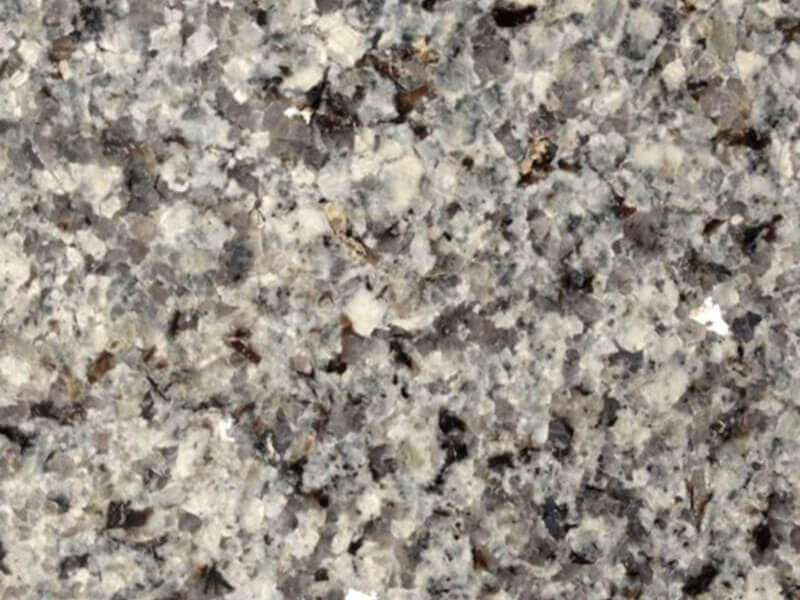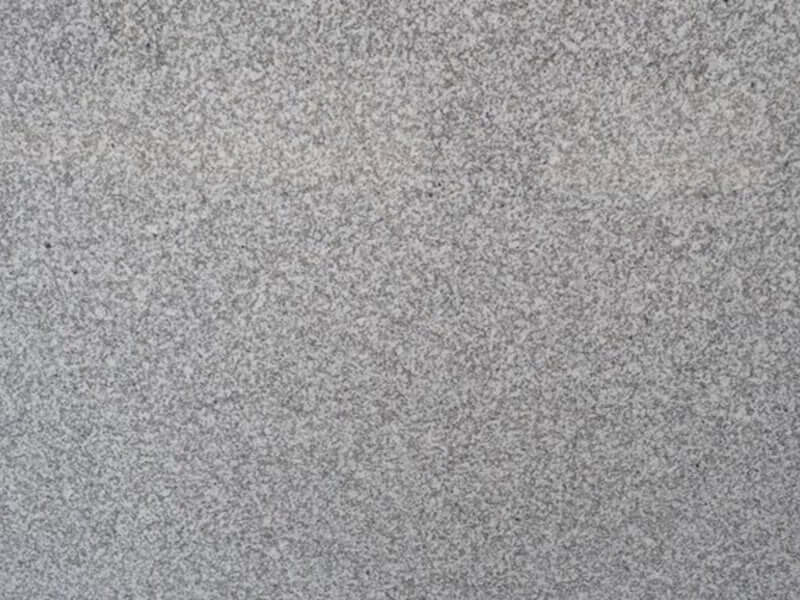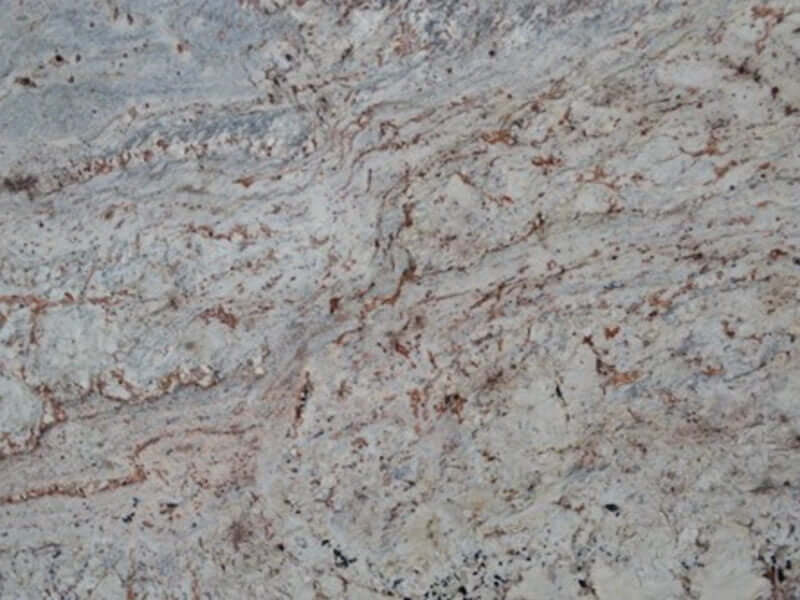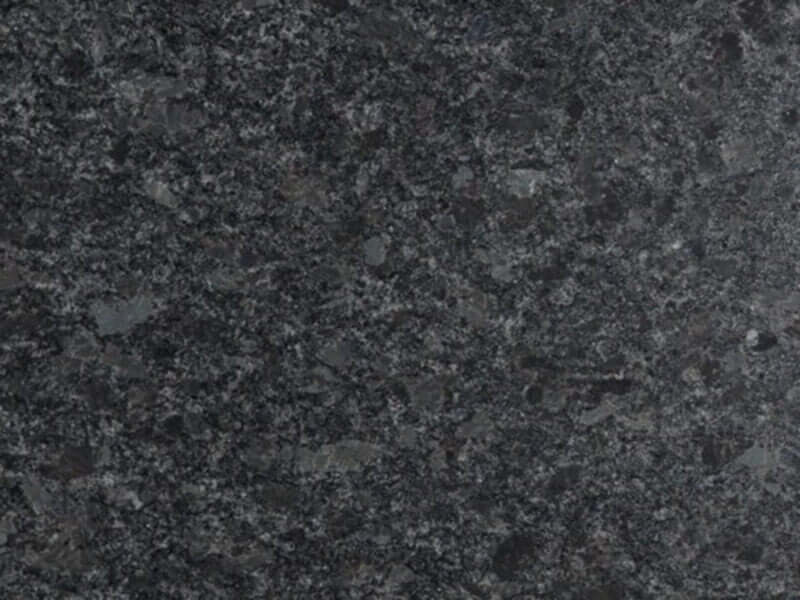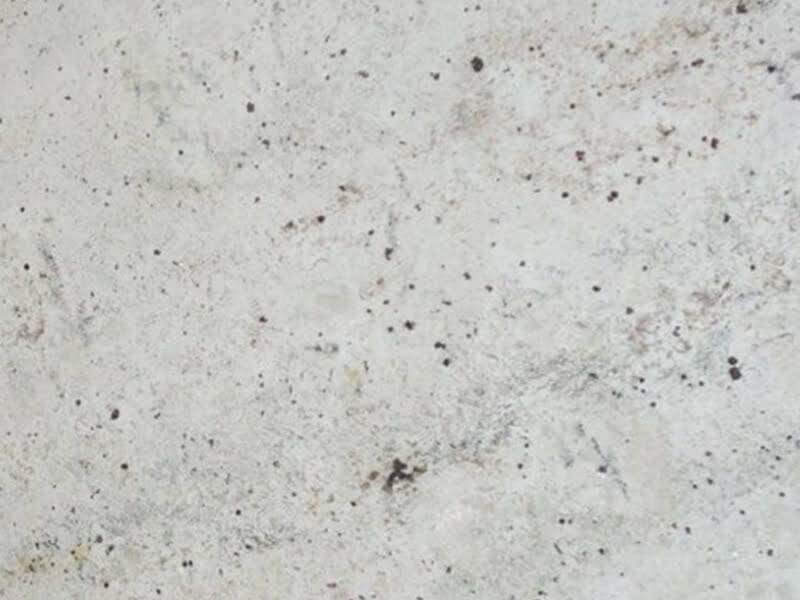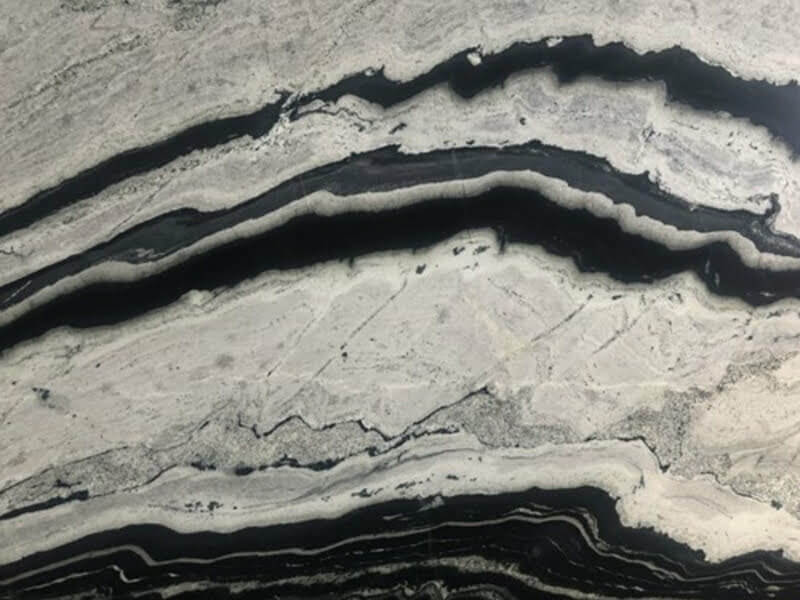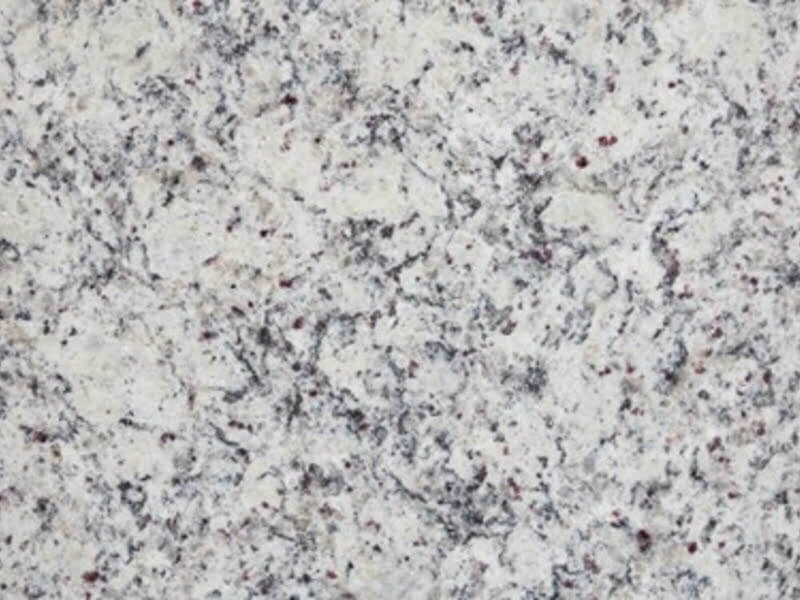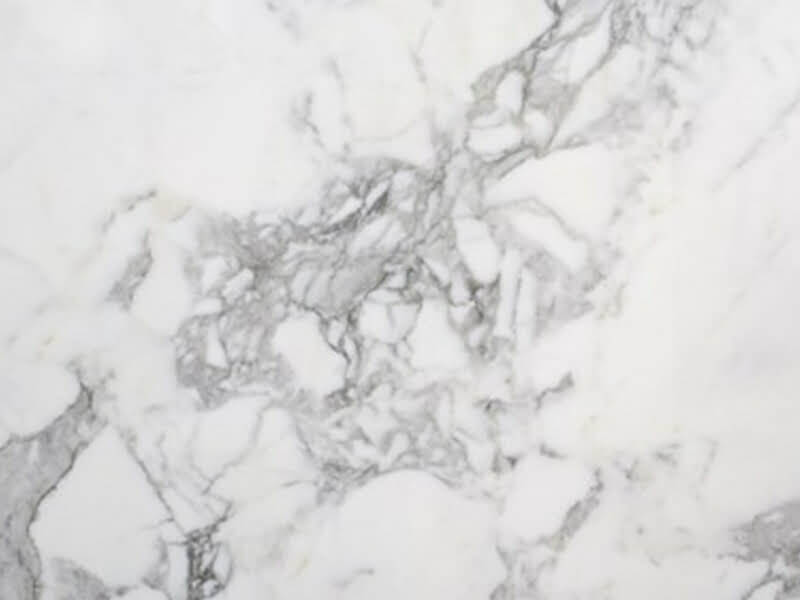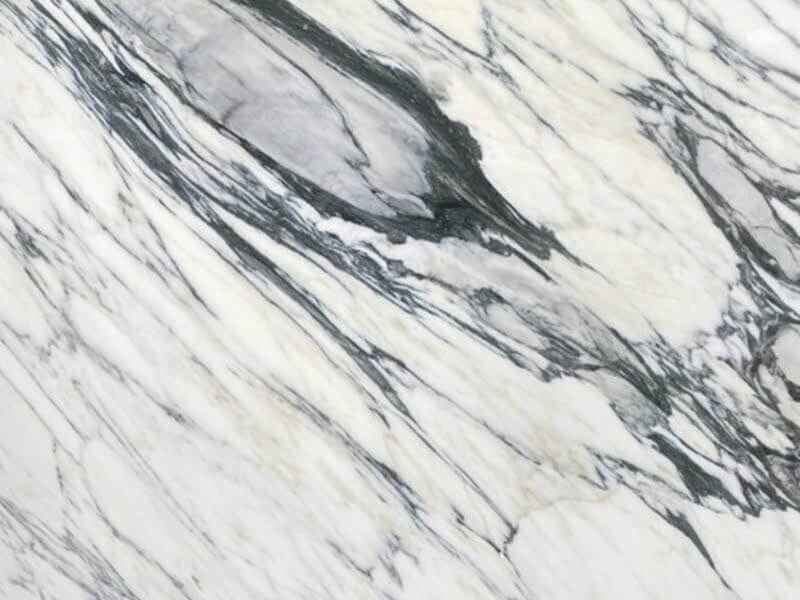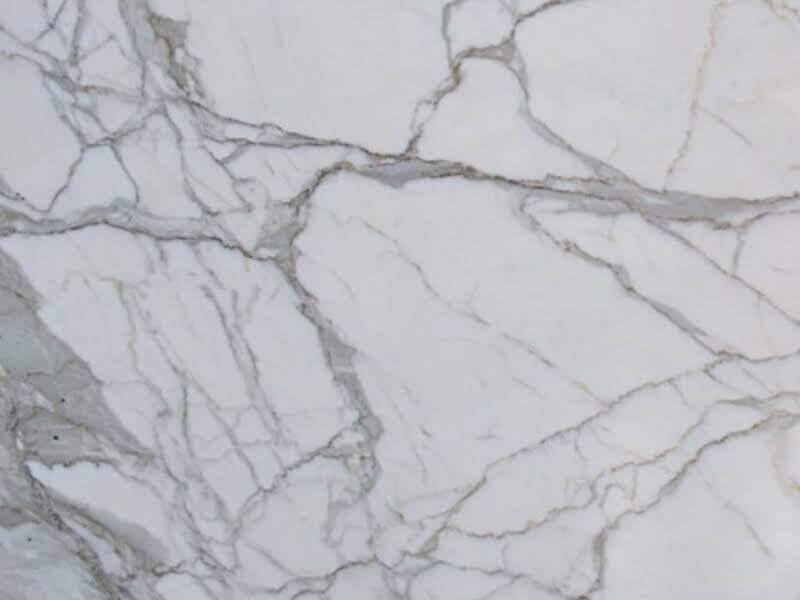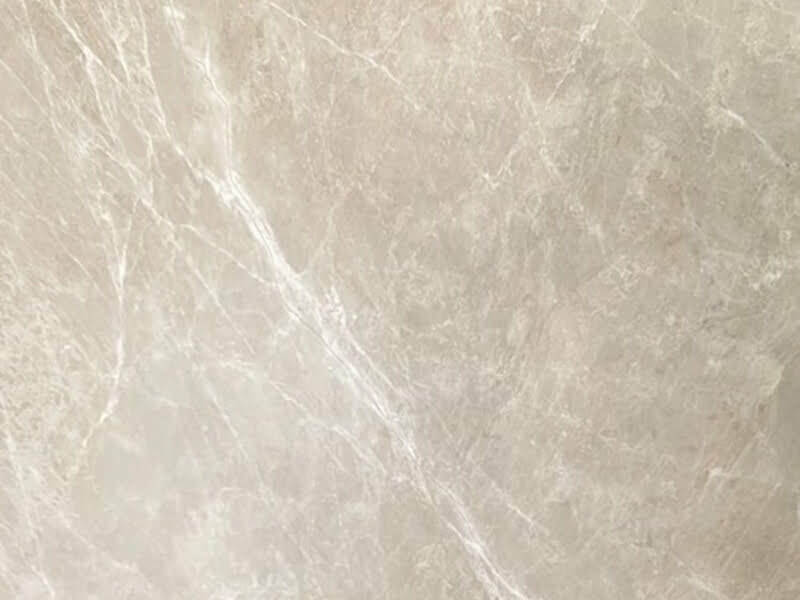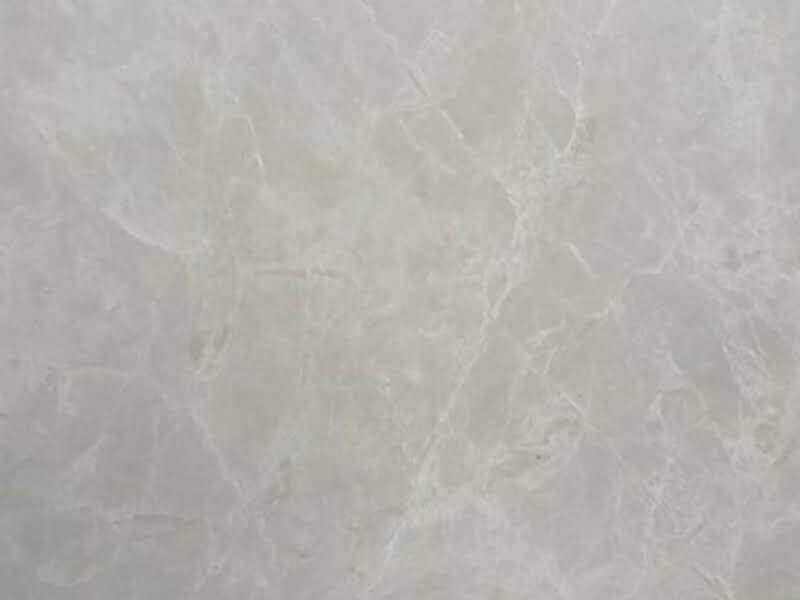Choosing the Right Granite Worktop for Your Home
The selection of appropriate granite worktops requires careful consideration of several factors. Characteristics such as durability, heat resistance, stain resistance, and variety in finish and edge options can significantly influence the choice.
This article offers an in-depth analysis of these factors to guide homeowners in making informed decisions concerning granite worktop selection for optimal home aesthetics and functionality.
Pros of Granite Worktops
Among the notable advantages of granite worktops are their high durability, heat resistance, and unique aesthetic appeal. Granite, as a natural stone, possesses inherent robustness and can withstand high levels of wear and tear, making it an ideal choice for worktops.
Its heat resistance is another significant advantage, protecting against hot pots and pans. The aesthetic appeal of granite is unparalleled, with its unique natural patterns and wide range of colours, providing the potential to elevate the overall look of any kitchen or bathroom.
Furthermore, its hypoallergenic properties due to its non-porous nature, add to its suitability for home interiors. In conclusion, the durability, heat resistance, aesthetic appeal, and hypoallergenic properties contribute to the popularity of granite worktops.
High Durable
High durability is a significant factor to consider when selecting a material for kitchen worktops, as it ensures long-term use and resistance to wear and tear. Granite, a natural stone, ranks high on durability due to its inherent properties. Its tensile strength, coupled with resistance to scratches and heat, makes it an ideal choice for kitchen worktops.
Studies have also indicated that granite worktops can withstand heavy usage, making them a preferred choice for high-traffic kitchens. Furthermore, granite’s durability extends beyond physical attributes. Its timeless appeal ensures that its aesthetic value remains intact over time.
Heat Resistant
Heat resistance is another notable property of kitchen worktops made from durable materials like granite, making them an ideal choice for environments where hot pots and pans are frequently used. This inherent ability to withstand high temperatures without suffering damage contributes to the longevity of these worktops.
This heat resistance eliminates the need for trivets or other protective measures that might otherwise be necessary with less robust worktop materials. In addition, the aforementioned property also contributes to the maintenance of a hygienic kitchen environment, as it prevents the formation of heat-induced cracks or fissures in which bacteria could potentially thrive.
Therefore, the heat resistance of granite worktops not only ensures their durability but also promotes their hygienic standards.
Stain Resistant
Stain resistance is another characteristic of quality kitchen worktops, particularly those made from materials such as quartz. This feature is crucial in maintaining the aesthetic appeal and longevity of the worktop. The non-porous nature of quartz, for instance, makes it highly resistant to staining agents such as oils, liquids, and food particles.
Granite, on the other hand, is porous and may require sealing to enhance its stain resistance. The choice between quartz and granite, therefore, might be influenced by the frequency of worktop use and the likelihood of spillages. Additionally, cleaning practices also play a significant role in maintaining stain resistance. Frequent cleaning with non-abrasive materials and mild detergents is recommended to preserve the stain-resistant qualities of these worktops.
Finish & Edge Options
Various finish and edge options are available for kitchen worktops, offering flexibility in terms of aesthetics and function. The choice depends on the desired aesthetic appeal and the practical requirements of the kitchen environment.
Popular finishes include polished, honed, and leathered, each providing a unique tactile experience and visual appeal. A polished finish, for example, delivers a high-gloss, reflective surface, while a honed finish provides a matte, smooth surface. Leathered finish, on the other hand, delivers a textured, more natural look.
Furthermore, edge options range from bevel, and bullnose, to ogee edges, each contributing to the overall style of the kitchen space. It is crucial to carefully consider these options as they can significantly influence the usability and aesthetic appeal of the kitchen worktop.
What Are the Environmental Impacts of Choosing a Granite Worktop?
The environmental impacts of granite worktop selection involve considerations of quarrying and transportation energy, the potential for radiation exposure, and the non-renewability of the material, necessitating sustainable practices in extraction and use.
Conclusion
In conclusion, granite worktops offer a high level of durability, heat resistance, and stain resistance, making them a beneficial choice for any residential kitchen.
The variety of finish and edge options available further enhances their aesthetic appeal.
Thus, the selection of a granite worktop can significantly contribute to the functional and visual enhancements of a home.
Frequently Asked Questions
What Are the Typical Costs Associated With Installing a Granite Worktop?"
The cost of installing a granite worktop in the UK can vary significantly based on several factors, including the type and quality of granite, the size and complexity of the installation, and the specific supplier or installer. Keep in mind that prices can fluctuate based on market conditions and regional variations within the UK.
Are There Any Specific Maintenance Requirements for Granite Worktops?"
Granite worktops necessitate regular sealing to maintain their resistance to stains and scratches. Additionally, using pH-neutral cleaners is advisable to prevent damage to the stone’s surface and preserve the worktop’s longevity.
Does a Granite Worktop Increase the Value of My Home?"
The inclusion of granite worktops in a property’s attributes can potentially enhance its market value, given their durability and aesthetic appeal. However, the extent of value increase depends on various market factors.
How Do I Choose the Right Color and Pattern of Granite for My Kitchen Decor?"
Selecting the appropriate granite color and pattern for kitchen decor necessitates a thorough consideration of the existing color scheme, design style, and lighting conditions. Matching or complementing hues will ensure aesthetic consistency.
